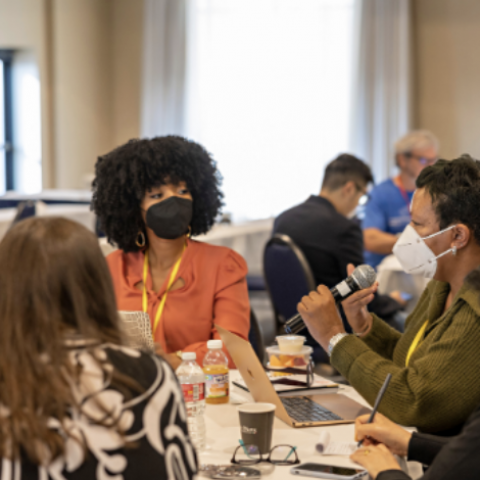Since babies spend a large part their day sleeping, it is important that parents make sure their baby has a safe sleeping environment. Scientists and doctors do not yet know the exact causes of SIDS, but there are several known risk factors.
Increased risk factors for SIDS include:
- babies sleeping on their side or stomach
- babies sleeping on a soft surface
- babies overheating while sleeping
- babies sharing a bed with a parent or family member
While we can’t prevent SIDS, we can create a safe sleeping environment for your baby and reduce their risk. Follow these simple rules:
- Babies should always go to sleep on their backs:
- Studies show that babies who are put to sleep on their backs have a significantly lower chance of dying from SIDS than babies who are put on their sides or stomachs. Babies who roll over while sleeping should be moved back to their back, unless they are at the stage where they can roll both ways (from the stomach to back and back to stomach).
- Use only a firm surface:
- Firm surfaces such as cribs, bassinets, and playpens are the safest options for babies to sleep on. Do not let baby sleep on an adult bed, couch, or other soft space.
- Keep an empty area:
- The sleep area should be empty, which means no blankets, pillows, toys, stuffed animals, crib bumpers, or sleeping wedges/aids. They might be pretty, but these objects can pose a suffocation risk.
- Sleeping separately, but in the same room:
- Called “co-sleeping,” your baby should sleep near you, but not in your bed. The best example is a bassinet that is next to your bed, making it easier for you to wake up with the baby at night AND safest for your baby to sleep. Even if you are watching, babies can be accidentally suffocated by their parents or by objects in the beds, especially while parents are sleep-deprived! The American Academy of Pediatrics says that sharing a room—but not a bed—can decrease the risk of SIDS by as much as 50%.
- Avoid overheating:
- Babies should be put to sleep in a room with a comfortable temperature (between 68–72°F is ideal), in sleep-approved clothing or a sleep sack. Too many layers or very hot rooms can increase a baby’s risk of SIDS. Swaddling is fine until baby can roll over.
- Use a pacifier:
- Studies suggest that sucking on a pacifier at nap and bedtime may reduce the risk of SIDS.
- Breastfeed, if possible:
- Studies have shown that breastfeeding (for at least six months) reduces the risk of SIDS.
- Get vaccinated:
- Some evidence suggest that proper immunization for mom and baby can help reduce the risk of SIDS.
- Use caution with certain products:
- Even if they are sold at your store or online, some products (such as special mattresses, sleeping wedges, and heart or breathing monitors) claim to reduce the risk of SIDS without any research to support their claims.
Stick to these simple rules to keep baby comfortable and safe, and reduce your baby’s risk of injury. If you are still concerned about your baby’s health and sleeping, talk with your pediatrician.







